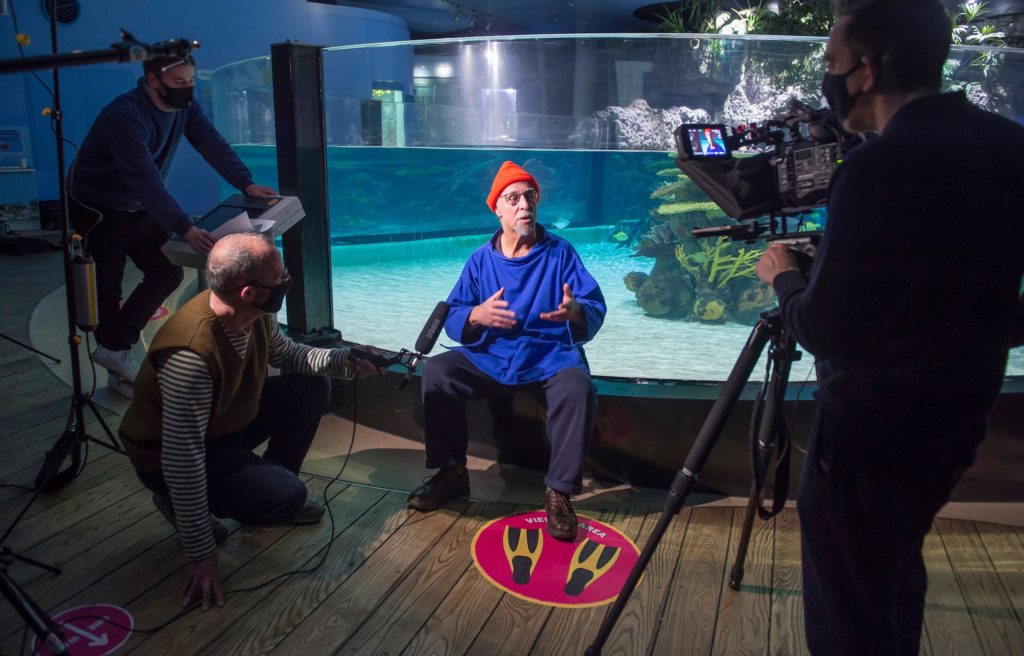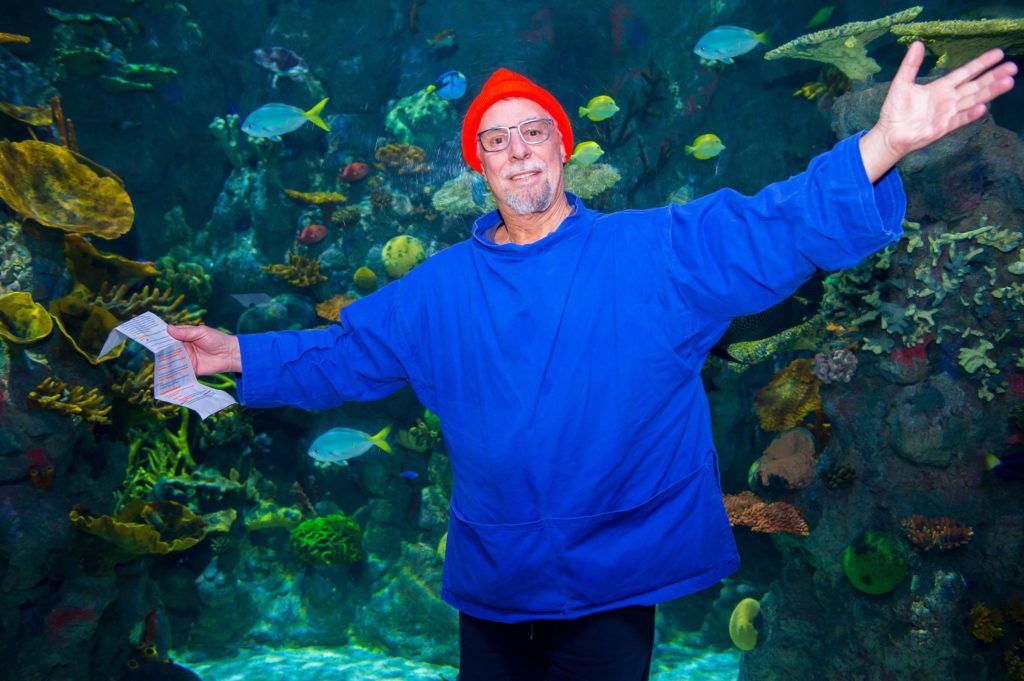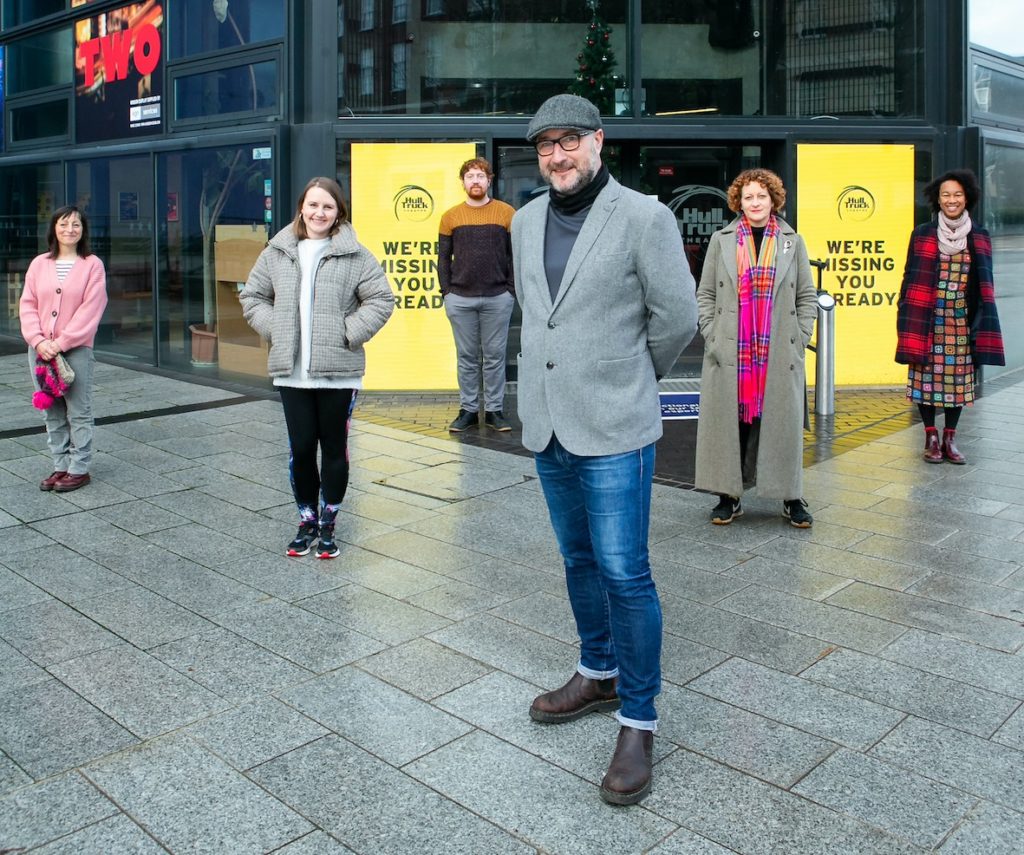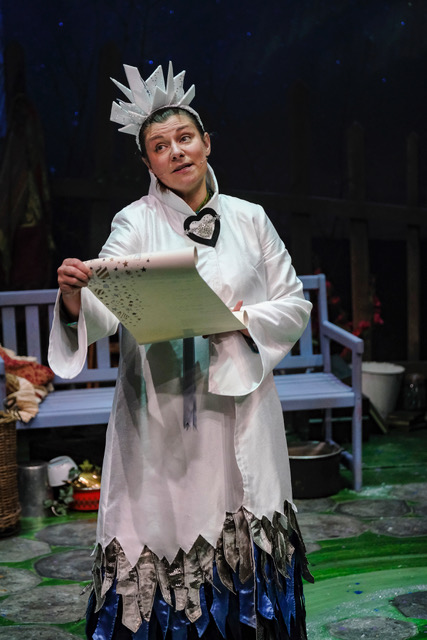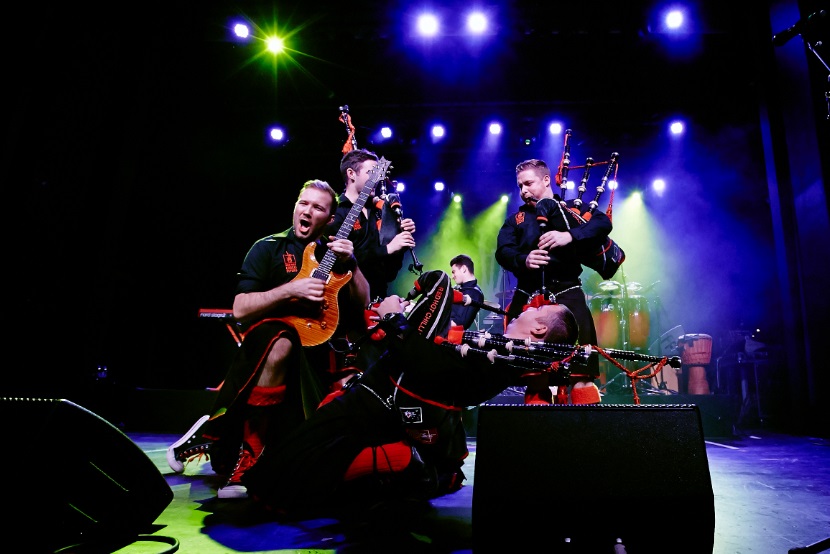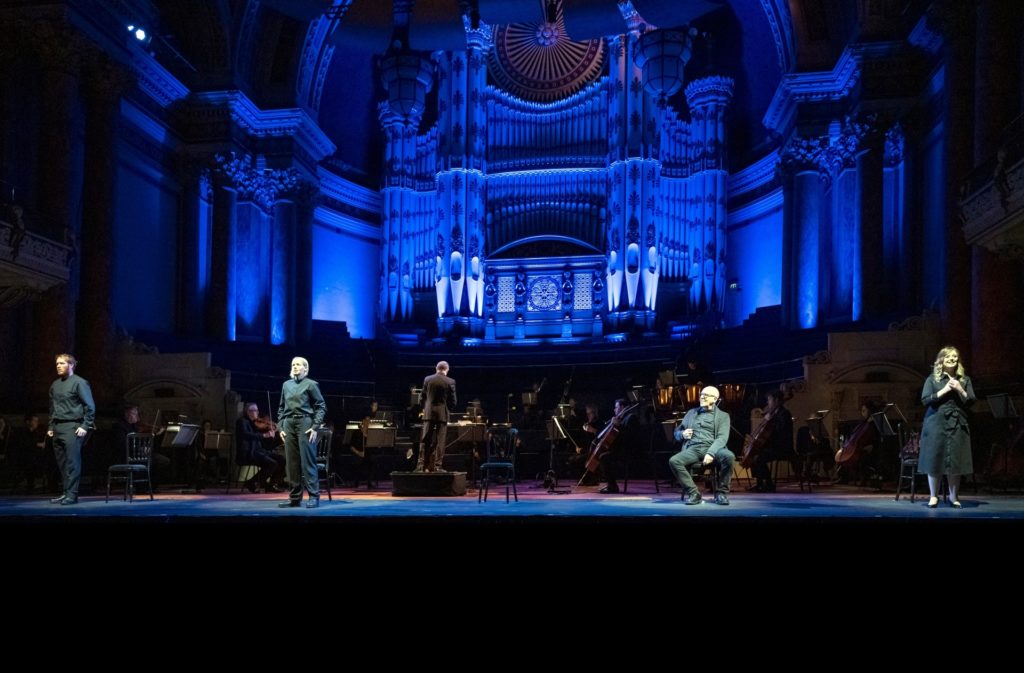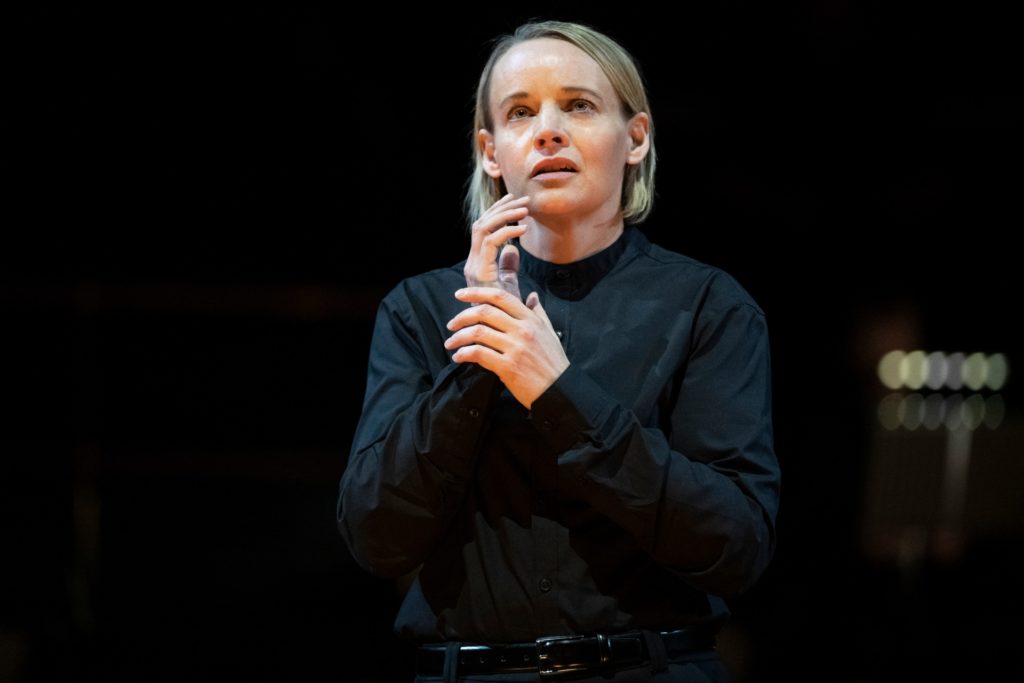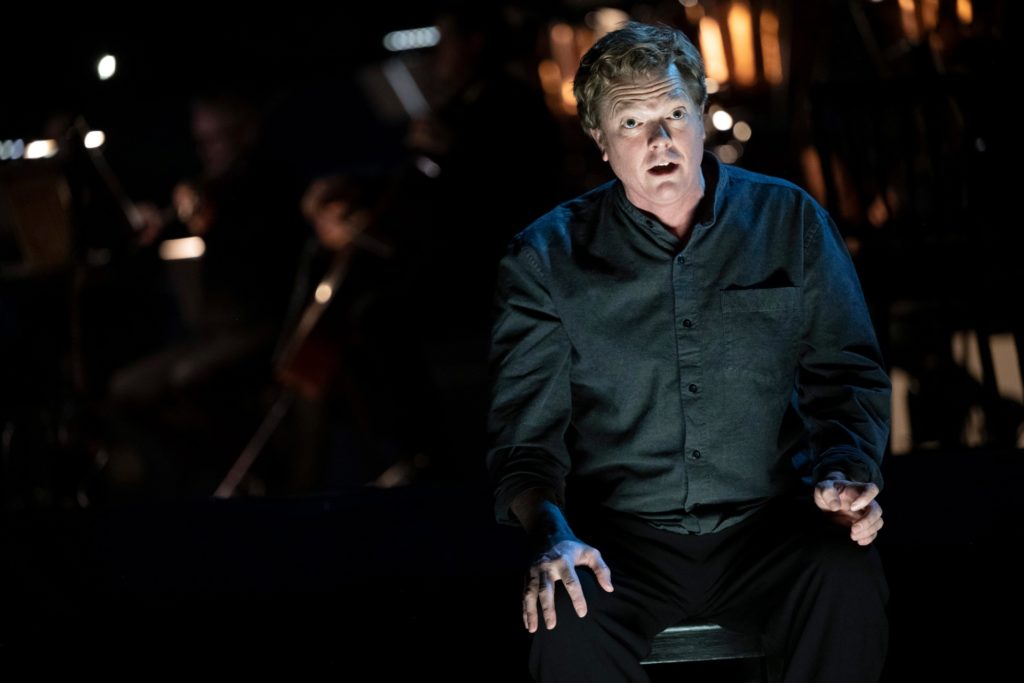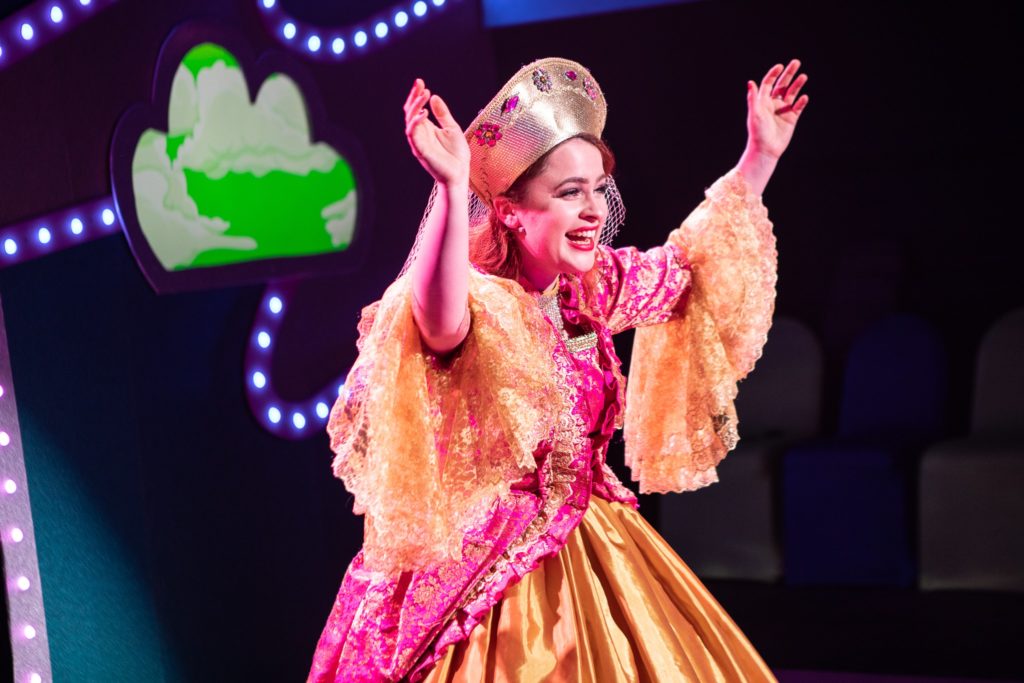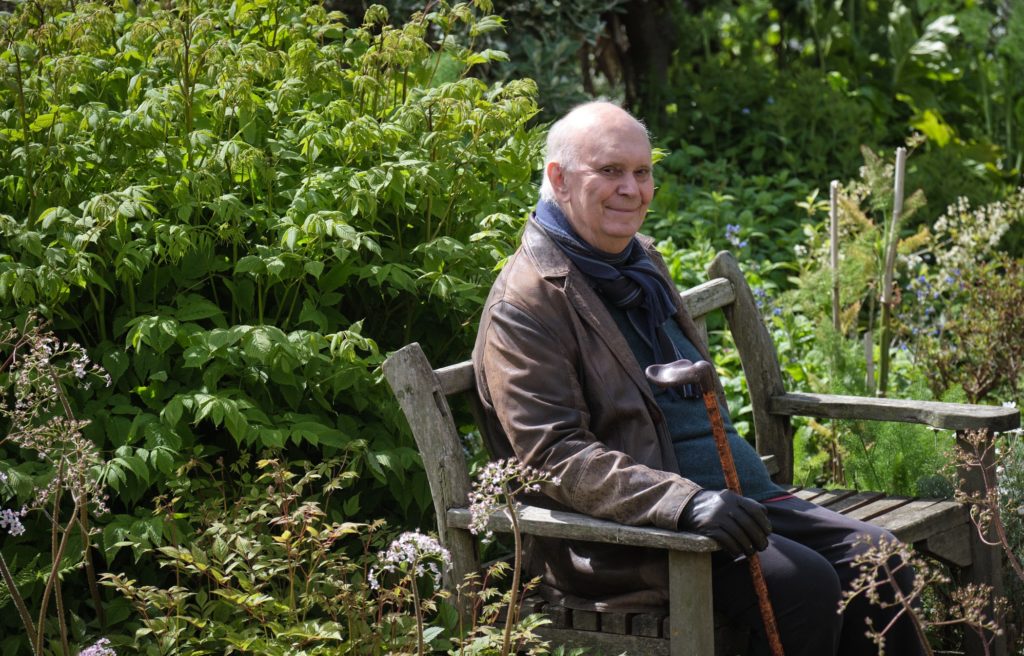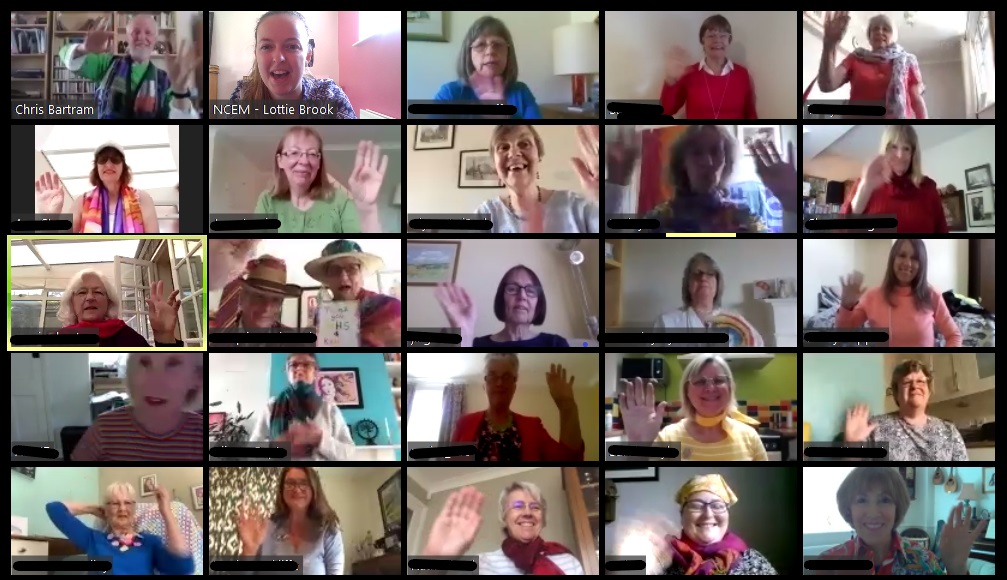
WHEN Goo Goo Dolls’ John Rzeznik sings “Drove a thousand miles/Just to see you smile” on his new star-guided long-journey-home instant anthem This Is Christmas, it jolts you. This isn’t Christmas, not this year, not in Covid-19-cancelled 2020.
Christmas songs usually irritate from over-familiarity; from supermarket rotation long before Remembrance Sunday; from schmaltz and excess beyond even Nigella’s recipe for twice-buttered toast. From the need for everything to come with reindeer bells on; from failing to match Phil Spector’s A Christmas Gift For You or the Seventies’ peaks of Slade and Wizzard or the peerless booze battle of The Pogues’ Fairtytale Of New York.
This year, however, they annoy, they grate, they frustrate, because of their incongruity, their nostalgia for what we can’t have: sadness for a Lost Christmas rather than Last Christmas. The absence of friends, awkward office parties, Carol singing, Nativity Play shepherds in tea towels, busker singalongs. Too much on Zoom, not in the room, the dancefloor, the pub, the restaurant.
This was not the year surely, even with time on lockdown hands, to make a Christmas record that sounds like any other year’s Christmas records? Yet many have done exactly that, from Dolly Parton’s new happy holiday songs on A Holly Dolly Christmas to perma-smiling Andre Rieu’s Jolly Holiday, whose title irks in Boris’s one-day-only-Christmas Britain. The reindeer bells have not fallen silent
Look at the cover of Michael Ball and Alfie Boe’s Together At Christmas, and the Grinch in you thinks, “Hope you’re in a social bubble, beardy boys, otherwise shouldn’t you be two metres apart?”.
Everything begins to rile in stymied 2020: the year when pretty much everything has been too late, except, ironically for the glut of Christmas albums, their jolliness too early, too out of step with these long dark nights.
Maybe they want to perk up spirits, maybe they know that a Christmas hit lasts forever, from The Waitresses to Jona Lewie to Mariah Carey; that this Christmas will be the last Christmas of its strange kind…er, hopefully.
The best Christmas records usually wrap the season in both happiness and sadness, but 2020’s anaesthetic stockpile largely prefers to keep the Covid elephant out of the room. At least Andrew Bird’s Hark! acknowledges what’s going on in Christmas At April, and even Robbie Williams penned Can’t Stop Christmas! (“Santa’s on his sleigh, but now he’s two metres away” et al).
“The people gonna need something to believe in/After a year of being in,” offers Little Saint Robbie as his thought for the day, hoping the addition of his zeitgeist new single will entice you to buy 2020’s deluxe re-issue of last winter’s The Christmas Present.
“It’s never been like this before/It feels like we’re at war,” rhymes Robbie. At least that cliche sends CharlesHutchPress running for John & Yoko’s Happy Xmas (War Is Over), his Christmas record for this and every year.
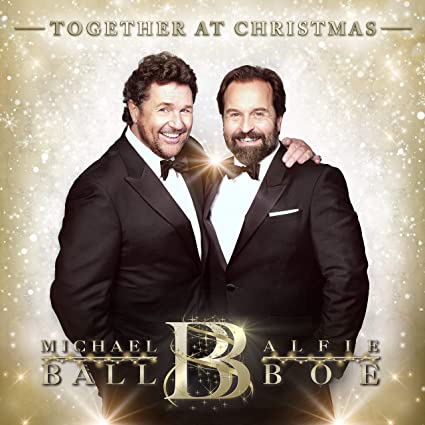
Michael Ball & Alfie Boe, Together At Christmas (Decca)****
Wrapping: Have you ever seen a bad photograph of Messrs Ball & Boe? Both scrub up nicely in a series of photographs presumably taken at London’s Queen’s Theatre.
Gifts inside: Traditional, in every way, Together at Chrismas sports ten gilt-edged classics (Silent Night, O Holy Night and I’ll Be Home At Christmas) and two new songs, including My Christmas Will Be Better Than Yours.
Style: Guests Gregory Porter and Phoebe Street join the festivities accompanied by the Czech National Symphony Orchestra.
’Tis the reason to be jolly: Michael and Alfie know their audience’s tastes and deliver in trumps.
Scrooge moan? None with the record, but after Les Miserables re-opened with a stellar cast of Carrie Hope Fletcher, Matt Lucas and our boys, what a shame the show has been forced to close again.
White Christmas? Of course, Michael and Alfie cover Irving Berlin’s evergreen classic. It would be unthinkable not to do so.
Blue Christmas: Everyone has already made their mind up about Michael Ball & Alfie Boe. Those that love them will find this inspirational and uplifting.
Stocking or shocking? We all know someone who would LOVE this Christmas offering. Go on. It’s good to be nice to each other, especially this year.
Ian Sime
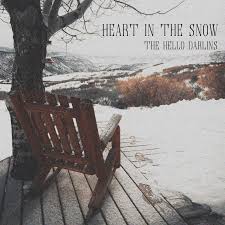
The Hello Darlins, Heart In The Snow (Hello Darlins) ****
Wrapping: An inviting porch, looking out on an early snow fall, with the last of the autumn reds still in the forest. This EP is simply presented with the track-listing framed by monochromatic bare winter branches.
Gifts inside: Four songs over 13 minutes provide a seasonal aperitif. One More Christmas is a sentimental number for a family member who made it as far as Christmas Eve. Confusingly, it shares a title with Yorkshire’s own O’Hooley and Tidow’s (better) song of the same name from 2017’s Winterfolk. Given how the pandemic is preventing families everywhere from coming together, this could take on anthemic qualities.
Style: The Hello Darlins are a Canadian roots band. While each member has a successful career as a sideman for illustrious others, as a unit this is their first venture into the musical wilds. A Christmas EP is not a standard career-opening move, which bodes well. Here they present three new songs to sit alongside the chestnut, Do You Hear What I Hear.
’Tis the reason to be jolly: Unlike the season itself, this is short and sweet and the singing is enough to quiet an unsettled mind.
Scrooge moan? It floats amiably by, but in three breaths it is gone. Such is the lot of an EP.
White Christmas? No hide nor hair of it.
Blue Christmas? Reflective and still, or as the band would have it, “peaceful, comforting and familiar”. On balance, that is how most would take their Christmas.
Stocking or shocking? This is an unexpected treat for anyone sitting by the tree wishing for another Alison Krauss to appear. The Hello Darlins’ first proper album, Go By Feel, is out in the spring.
Paul Rhodes
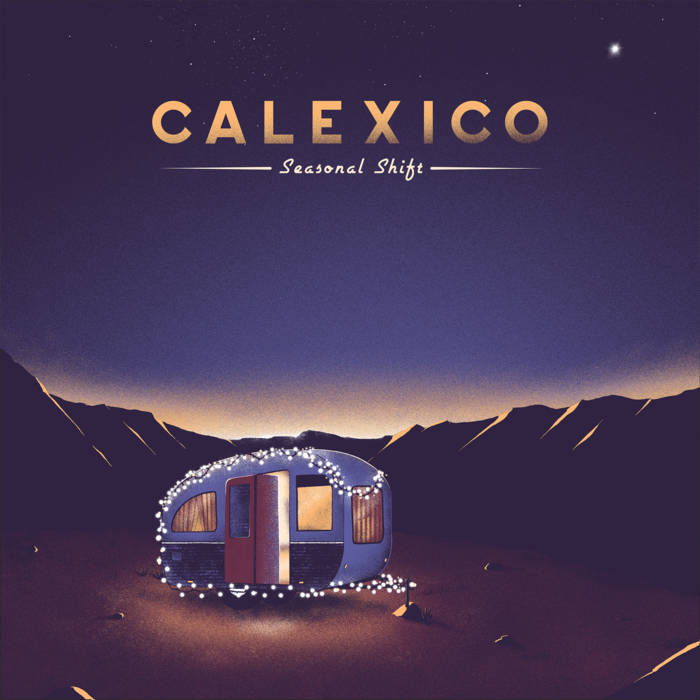
Calexico, Seasonal Shift (City Slang) ****
Wrapping: A lonesome, empty caravan, aglow with fairylights and a mysteriously welcoming open door, is parked up in a deserted desert-scape, the hills beyond defined by distant light. Is this the Grand Canyon? Possibly? Is this Christmas? In 2020, yes.
Gifts inside: Giant Sand alumni Joey Burns and John Convertino’s long-seasoned Americana/Tex-Mex indie rock band from the American south west of Tucson, Arizona top up seven new Burns compositions and one Convertino instrumental with covers of John & Yoko, Hugo Blanco and Tom Petty (Christmas All Over Again, so much more warmer than Goo Goo Dolls’ pedestrian version) on Calexico’s first holiday album.
Style: Have yourself a not-so-merry, dance alone, reflective, but apt for 2020 little Christmas with these Tex-Mex, Hispanic, North American, even pan-global winter holiday songs as Calexico go international with Burns and Convertino putting in their Seasonal Shift with guest collaborators Bombino, Gaby Moreno, Gisela Joao, Camilo Lara and Devotchka’s Nick Urata, all recording individually at home studios across Planet Earth.
’Tis the reason to be jolly: Gaby Moreno’s joyous singing on the stand-out winter- warming cover of Blanco’s Mi Burrito Sabanero and the sudden burst of hip-hop in Sonoran Snoball, the bright-light break-out release from 2020’s oppressive winter bleakness.
Scrooge moan: Why couldn’t more Christmas albums in 2020 strike the mood and sentiment struck here, especially on Tanta Tristeza, Burns’s duet of lament with Gisela Joao?
White Christmas? No snow here, but the gorgeous cover of another Christmas landmark, John & Yoko’s Happy Xmas (War Is Over), resonates anew with the addition of pedal steel and Tijuana trumpets.
Blue Christmas? Burns’smood-setting ballad, Fairytale Of New York-echoing opener Hear The Bellsis mournful, drowning sorrows in the rain, while Seasonal Shift waves bye-bye to 2020 and its “complex holidays” with its good-riddance sentiment of “There it goes ’round the bend/The year that would never end”. Convertino’s lovely Glory’s Hope is all the more lonesome for promising neither.
Stocking or shocking: Shock of shocks, an unexpected, unpredictable 2020 Christmas record that should be nestling by the bedside for Christmas morning opening.

Dolly Parton, A Dolly Holly Christmas (Butterfly Records) ****
Wrapping: Dolly is looking as stunning as ever. If possible, try to track down all the variously coloured vinyl versions: red, white, green and gold!
Gifts inside: On her first Christmas album in 30 years, Dolly has roped in a feast of friendly celebs to make this a great party – Michael Buble, Jimmy Fallon, Willie Nelson, Ray Nelson, brother Randy Parton, Billy Ray Cyrus and even his naughty daughter Miley!
Style: Dolly’s unique brand of Country crosses all the genres, giving us a huge Yuletide smile.
’Tis the reason to be jolly: As if we ever needed another reason to love Dolly, we have learned that Ms Parton financially contributed handsomely to the Moderna Covid 19 vaccine. What a woman!
Scrooge moan? Don’t be silly, 47 albums into her career, everyone loves Dolly!
White Christmas? Not here. Most of the songs are brand new Dolly compositions, although she does cover Mariah’s All I Want For Christmas Is You!, alongside the likes of Holly Jolly Christmas, Cuddle Up, Cozy Down Christmas with Buble and Christmas Is with Miley.
Blue Christmas? Even when Dolly sings sad music, there is an inspirational uplifting spirit at its heart.
Stocking or shocking? Everyone loves the sight of Dolly’s stockings!
Ian Sime
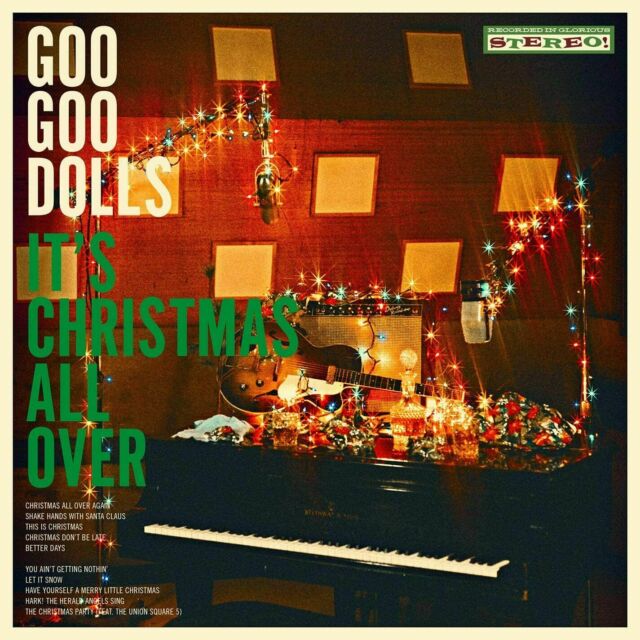
Goo Goo Dolls, It’s Christmas All Over (Warner Bros) **
Wrapping: Evocative of sleeves of Christmas yore by Dino and Elvis, with a Recorded In Glorious Stereo! boast, song titles on both front and red and green-lettered back. Fairy lights decorate a piano and guitar; inside, more red and green is the de rigueur colour code for the lyrics.
Gifts inside: Veteran Buffalo, New York rockers “always wanted to make some cool music for the season”, duly combining classics, a hymn and two new John Rzeznik originals “for fun”.
Style: From March beginnings in a vintage Boyle Heights studio in LA, Rzeznik and co set out to ape classic Yule records they grew up with, alas without adding their own stamp. They aim for sentimentality at times, reflections at others, but “most of all to make you smile and even laugh a bit”. Largely, they misfire, except for…
’Tis the reason to be jolly: This Is Christmas, an epic Christmas twist on Taylor Swift’s favourite Goo Goo Dolls anthem, Iris, 22 years on, and Rzeznik’s bash at You’re A Mean One Mr Grinch daftness, You Ain’t Getting Nothin’. Elsewhere, you ain’t giving noothin’ John.
Scrooge moan: Boil-in-the-bag, desultory, cover-by-numbers renditions of Tom Petty’s Christmas All Over Again, Louis Prima’s Shake Hands With Santa Claus and Alvin & The Chipmunks’ Christmas Don’t Be Late. More originals would have been welcome; Jamie Cullum came up with ten in lockdown for The Pianoman At Christmas; Joey Burns, eight for Calexico’s Seasonal Shift.
White Christmas? No, but fellow November-onwards supermarket staples Let It Snow and Have Yourself A Merry Little Christmas bathe in Michael Bublé fragrance without the warmth.
Blue Christmas? A stripped-back piano “cover” of prime-time Goo Goo Dolls, 2006’s Better Days, is newly made Christmas cutesy by Sydney McGorman, daughter of band collaborator Jim McGorman.
Stocking or shocking? Can you think of anyone desperate to hear Hark! The Herald Angels Sing (croak, more like)? No? Me neither.
Charles Hutchinson

Jamie Cullum, The Pianoman At Christmas (Island Records)*****
Wrapping: If they are still available, try to track down one of the lovely signed gatefold card sleeves.
Gifts inside: Jamie wrote all ten songs during the spring lockdown. His charming swing style is performed to perfection by the cream of the country’s Jazz Musicians.
Style: Although all new material, The Pianoman borrows heavily from classic Yuletide jazz albums. The results feel both fresh yet familiar. That’s what we all love about Christmas anyway?
’Tis the reason to be jolly: Jamie’s printed message to wife Sophie Dahl is heartfelt. I’ve never met Jamie Cullum, yet have the impression he is a true gentleman.
Scrooge moan? Let’s not go there. ’Tis the season to be jolly and send goodwill to all.
White Christmas? Not on this collection. At the other extreme, the gloriously named The Jolly Fat Man sets the scene.
Blue Christmas? Not here. It’s a pretty fair bet that life in the Cullum Household is rather joyous at Christmas.
Stocking or shocking? As much as we love Mariah and Michael Buble, Jamie Cullum brings a fresh glow to Christmas. This will be loved by serious music buffs.
Ian Sime
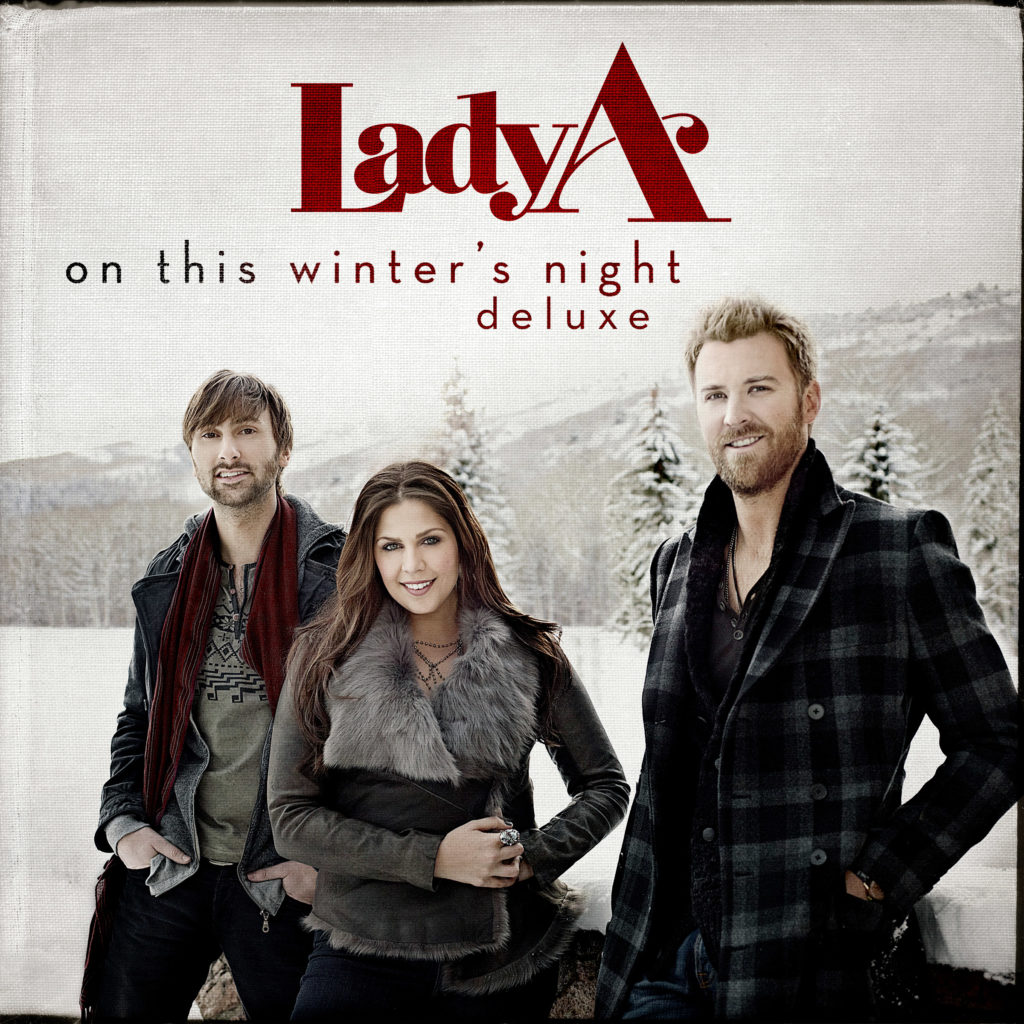
Lady A, On This Winter’s Night (Deluxe) (BMLG) ****
Wrapping: This winter looks white and perfectly formed. The attractive country/pop trio sparkle on the cover, while they make light work of a snowy walk on the inside cover.
Gifts inside: For the uninitiated, Lady A were previously called Lady Antebellum. That name feels freighted with the wrong connotations for an act that has sold records by the million so the extra letters, country feel and historical shame were binned. This is an updated version of their popular 2012 Christmas record, now appended with an earlier EP and a new song.
Style: Modern and tasteful covers of Christmas standards and classics, with just enough twang to keep it country and dollops of pop harmony.
’Tis the reason to be jolly: Once you overcome any inbuilt prejudice towards liking such a wholesome band playing straight-up Christmas songs, then you have to grudgingly admit, it is very well done.
Song selection is great. Adding Donny Hathaway’s This Christmas shows taste. The trio have all become parents, and the only new material, Christmas Through Your Eyes, is a lovely addition to the seasonal canon: parent nip of the finest order.
Scrooge moan? This airbrushed set, presenting an idealised Yuletide where promise forever glimmers, is very out of kilter for the world it finds itself in, but perhaps that’s a good thing. Paul McCartney’s Wonderful Christmastime is hated by many, while slowing down Mariah Carey’s All I Want For Christmas Is You is likely to please no-one.
White Christmas? Snow is piled everywhere, but there is no White Christmas here.
Blue Christmas? N’er a blue note. Blue Christmas flirts with jazz but taken as a whole this is pure Christmas escapism.
Stocking or shocking? Music snobs will never forgive you, but almost anyone else will thank you. Easy to imagine it becoming the Christmas go-to record, guaranteed to upset no-one, even grandma.
Paul Rhodes

